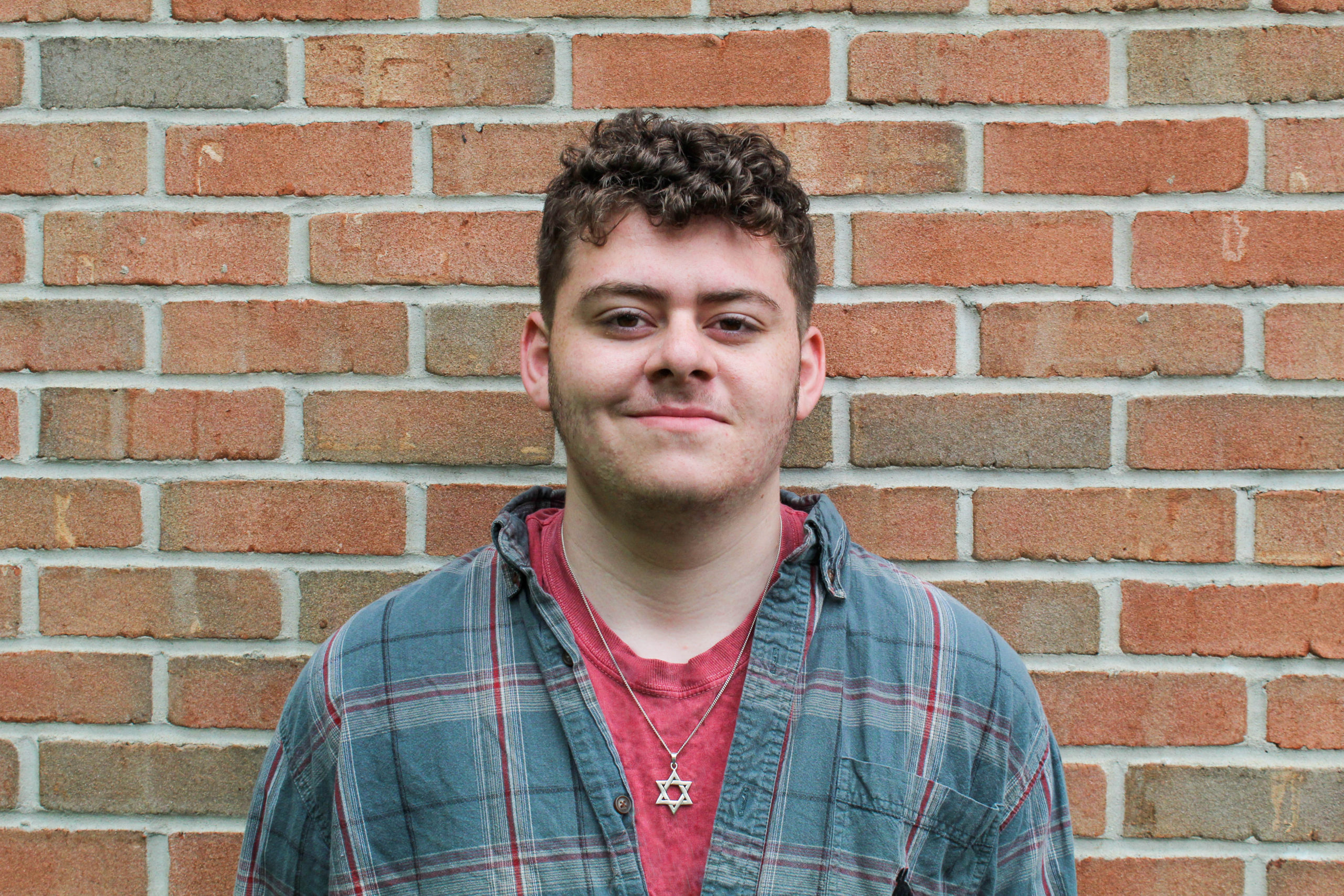
Buried en masse and unmarked throughout Eastern and Western Europe, in Mount Herzl cemetery in Jerusalem and everywhere in between lay the victims of history’s longest and most lethal hatred: antisemitism. The evidence of its wrath on the Jewish people is an exhaustive study leaving an indelible stain on society. But even as antisemitism wields its might once again, specifically on college campuses, many still contest what it actually constitutes.
And to some extent, this makes sense. A formal definition may seem like a matter of semantics, but it’s “hard, if not impossible, to explain something that is essentially irrational, delusional and absurd,” writes American historian and Emory University professor Deborah Lipstadt. More importantly, “If you cannot define something, you cannot address it or fight it.”
Pittsburgh understands the severity of antisemitism—the mass shooting on a Shabbat morning in 2018 at the Tree of Life*Or L’Simcha synagogue was the worst attack on Jews in American history. Reinforcing this understanding in lieu of a nationwide effort by students to repackage antisemitism as form of social justice, it’s essential that Pittsburgh universities adopt the International Holocaust Remembrance Alliance (IHRA) working definition of antisemitism.
Passed as a preventative measure by numerous U.N. member states and student governments, the non-legally binding definition encompasses all the intricacies of the unique and unrelenting hatred infiltrating American universities—one of those intricacies being anti-Zionism. “Denying the Jewish people self-determination,” as IHRA puts it, marks the new frontier of the antisemite and a rather deceptive one for the way it’s normalized in academia. Though other nationalities go unquestioned by their inextricable right to a homeland, the Jewish people are not extended the same courtesy, even in Pittsburgh.
In 2020, Point Park University professor Channa Newman, a Holocaust survivor with Israeli citizenship, sued the school for employment discrimination, alleging a “concerted effort led by anti-Zionist faculty and students to create a hostile work environment.” Her vocal opposition to the anti-Israel BDS movement, as well as the proposal of a new course designed to malign the Jewish state, prompted an antisemitic campaign bolstered by professors pressuring her to resign—an explicit violation according to IHRA.
Five years earlier, another incident involving a Holocaust survivor occurred at the University of Pittsburgh. As an “Outside the Classroom Curriculum” credit, the school’s Students for Justice in Palestine (SJP) chapter invited Edith Bell on Israel’s Holocaust Remembrance Day to draw what IHRA identifies as antisemitic “comparisons of contemporary Israeli policy to that of the Nazis.”
SJP attempting to undermine the memory of the Holocaust by outrageously associating Israel with the Nazi’s unspeakable evil is antisemitic. What made it all the more absurd is the fact that Bell’s invitation backfired. SJP and the audience were disappointed to learn that she stood in direct opposition to the club’s principal goal; she asserted that Israel must exist.
Amid the bogus accusations of apartheid and the Der Stürmer-like cartoons, SJP at Pitt’s Instagram account features a particularly disturbing photo. In February 2020, SJP and other anti-Zionist organizations held a protest in Schenley Plaza. Many signs could have been interpreted as antisemitic, but one in particular held by a woman read “From the river to the sea, Palestine will be free”—a rallying cry for the extermination of Jews in Israel, notably echoed by terrorist groups Hamas and the Palestinian Liberation Organization.
“Calling for, aiding or justifying the killing or harming of Jews in the name of a radical ideology or an extremist view of religion” is perhaps the most severe example of antisemitism IHRA identifies outside committing the act itself.
And just as there was once the Jewish Question, today there’s the Jewish Exception. According to this year’s FBI Hate Crime Statistics Report, American Jews are three times more likely to experience a hate crime than any other ethnic group. The passivity—even endorsement—of antisemitism at the university level only reflects the need for Pittsburgh universities to reaffirm their commitment to combating all hate, including history’s oldest.
Campuses are set to reopen this fall, and the student antisemites have already emerged from the shadows of their computer screens, where they moved their campaigns online once the coronavirus pandemic set in. The “Free Palestine” graffiti plastered on buildings in South Oakland was just the beginning. In the past two weeks as Hamas launched thousands of rockets on civilian populations in Israel, Carnegie Mellon University’s iconic campus fence received a new paint job in the design and colors of the Palestinian flag behind the words “Israel is an apartheid state.”
The university’s Muslim Student Association posted on Facebook their backing of the antisemitic canard, urging students to spread awareness about who the “aggressor and oppressor is.”
Israel, of course, is not an apartheid state—an apartheid state would not permit full rights for Arabs and would not see them serve in the government. The antisemitic accusation comes as an attempt to malign Zionism as a project of racism. Had Carnegie Mellon adopted the IHRA definition, this act of anti-Jewish vandalism would warrant condemnation.
Jewish students shouldn’t have to justify the existence of a Jewish homeland. Thousands of years of vicious hatred speak to Israel’s necessity. Schools can, at the very least, lessen the burden by acknowledging the threat of antisemitism and adopt legislation to combat it.
A slightly different version of this article was originally published in jns.org.
Contributed by 2020-2021 University of Pittsburgh CAMERA Fellow Aidan Segal.
